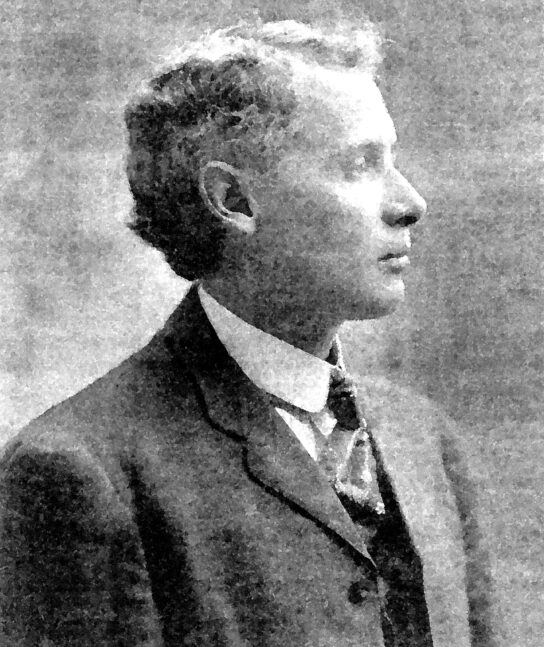Born in Iowa in 1868, at age seven he made the first of numerous trips to Florida before permanently relocating to the State at age 44.
Drawn to her open spaces and wide variety of vegetation, he developed a serious interest in horticulture.
Wilkinson completed his higher education at Oberlin College in Ohio, the University of Minnesota, and entered Rollins College in Florida in 1885. In 1893, he became involved with the Horticulture Exhibit at the Columbian Exposition hosted in Chicago that year and then traveled to Miami to purchase a cypress strand he which had fascinated him on an earlier trip only to find it had been sold.
In 1898 at age 30, he enlisted in the U.S. Army. He avoided contracting typhoid fever only to have been taken prisoner during the brief, four-month Spanish-American War.
In 1908, Wilkinson founded a medical surgical supply manufacturing company in New York and worked in various U.S. cities as an accountant for major engineering and construction firms. Thoughts of Florida lingered in his mind and in 1912 he sold the surgical supply company and relocated from New York to Lee County, Florida, with his wife Florence.
He settled in Bonita Springs and purchased several lots in Naples in 1913, relocating to the newly incorporated town in 1923. It was on a lot donated by Wilkinson that the first church in Naples, the First Methodist Church, was built on corner of First Avenue and Fourth Street South in 1928.
A road building movement in Florida began in 1915, with the creation of the State Road Department that year. The Dixie Highway Association was formed, charged with laying out a route from Chicago to Miami. The construction of the portion of the road from Tampa to Miami was overseen by the Tamiami Trail Commission. Wilkinson was the delegate to the commission from Lee County.
The road was initially slated to be routed south from Tampa to Fort Myers and then turn abruptly southeast to Miami, thereby completely cutting off the lower Gulf coast. Wilkinson expressed his opposition to this proposed route, to both the Dade and Lee County Commissioners, successfully convincing them that the road must follow the Gulf coast. He organized the landholders from Fort Myers through Naples and the Marco Island junction to the Dade County Line to form road districts to fund the construction of the Tamiami Trail through the sale of road bonds.
In 1915, Wilkinson served as secretary-treasurer of the Bonita Cattle Company, and in 1920, was elected Lee County Commissioner, serving through 1922. In Naples, he worked as an accountant from a modest office on the second floor of The Naples Company Mercantile building on Third Street.
After learning that Barron G. Collier planned on designating Everglade as the new county’s seat of government, Naples residents unsuccessfully lobbied Lee County Commissioners to hold a referendum to give voters the option of choosing Naples or Everglade as its location, despite the fact that Lee County Commissioner Wilkinson opposed Everglade.
In June 1924, while serving on Naples Town Council, he had an unsuccessful run for Representative from Collier County.
Wilkinson was elected to two one-year terms as Mayor of Naples, serving from 1925 to 1927, when the mayoral term was increased to two years in the 1927 Naples Charter, effective with the 1928 election.
He had a profound interest in Florida history. The rare collection of history books collected during his lifetime were donated to the University of Miami after his death on February 21, 1944. His scholarly nature, rather than a law degree, earned him the title of Judge Wilkinson by his friends. He always made it clear to others that he had no right whatever to the title.
His active interest in horticulture was manifested in his grafting skills. He developed a variety of mango he named “Fragrance.” He shared his knowledge and experiments with Dr. Nehrling, a plant cultivator himself who went on expeditions with Wilkinson in search of unusual plant specimens growing in the wild. Dr. Nehrling described Wilkinson as one of the most ardent plant hunters he had ever met.
Besides being a scholar and a sage whose opinions were respected and sought by legislators in Tallahassee and colleagues as far south as Miami, E.G. Wilkinson was also a poet. A poem he wrote describing Naples opened with ” Green banked by pines the silver sands, curve to a sea of blue, where dainty Naples ever stands, smiling to welcome you …”
